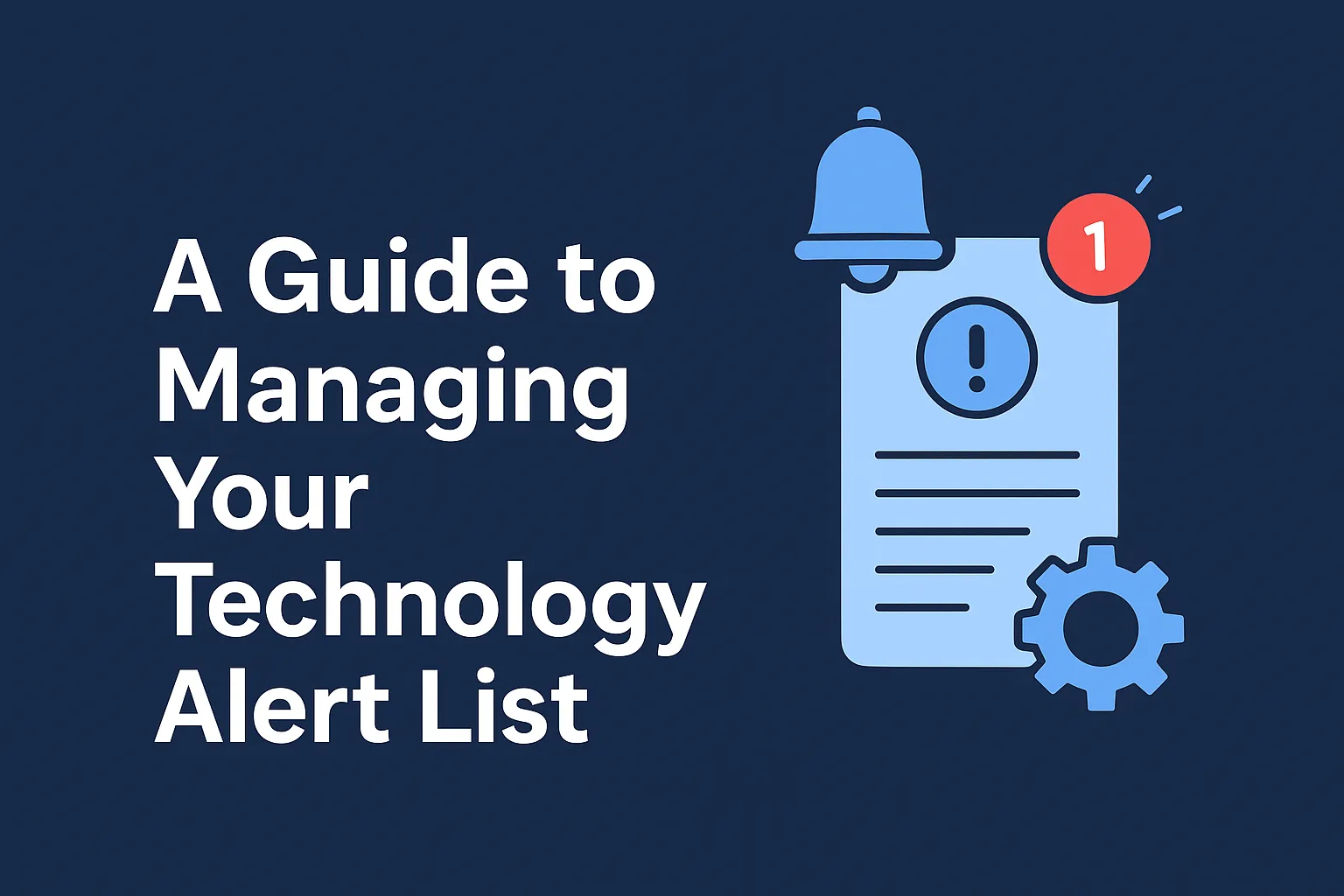
The future of technology is not just a distant vision — it’s unfolding all around us. From artificial intelligence to sustainable solutions, today’s innovations are shaping the world we’ll live in tomorrow. These shifts are not only changing industries but also redefining how we communicate, work, and solve global challenges. In this article, we’ll explore 8 powerful trends that are steering the technology drive and determining what the future of technology truly looks like.
Discover the 8 key trends driving the future of technology — from AI and quantum computing to green innovations and cybersecurity. Stay ahead in a world shaped by rapid digital transformation.

1. Artificial Intelligence (AI) and Machine Learning
Artificial Intelligence stands at the forefront of the future of technology. AI and Machine Learning (ML) are enabling machines to learn from data, adapt to inputs, and perform tasks previously reserved for humans. From healthcare diagnostics to self-driving cars, AI is revolutionizing every field.
Businesses are using AI for personalized customer experiences, fraud detection, and intelligent automation. As AI algorithms become more sophisticated, we can expect even deeper integration into our daily lives, driving faster decision-making and operational efficiency.
The technology drive behind AI is accelerating, ensuring it remains a central pillar in the future of technology.
2. The Rise of Quantum Computing
Quantum computing is another groundbreaking trend shaping the future of technology. Unlike classical computers that use bits, quantum computers use qubits, which can exist in multiple states simultaneously. This capability allows them to solve complex problems exponentially faster.
Quantum breakthroughs could lead to major advances in fields like pharmaceuticals, materials science, and cryptography. Although it’s still in the early stages, companies like IBM, Google, and Intel are heavily investing in quantum research.
This technology drive promises a future where problems that are unsolvable today become manageable tomorrow.
3. 5G Connectivity and Beyond
High-speed connectivity is a key enabler of the future of technology. 5G is offering ultra-fast, low-latency networks that support the growing number of connected devices. With 5G, applications like autonomous vehicles, smart cities, and immersive augmented reality are becoming a reality.
As 6G research begins, the technology drive is already pushing toward even more seamless and responsive communication systems. These advancements will create new business models, reduce latency to near-zero, and make real-time global collaboration the norm.
4. Internet of Things (IoT) Expansion
The future of technology also relies on the Internet of Things — the vast ecosystem of interconnected devices that collect and share data. IoT is transforming everything from home automation to industrial monitoring, making systems smarter and more efficient.
In smart homes, IoT devices adjust lighting, temperature, and security settings automatically. In manufacturing, they detect issues before they lead to costly breakdowns. With billions of devices projected to come online, the technology drive will increasingly depend on secure and scalable IoT infrastructures.
5. Sustainable and Green Technologies
As the planet faces environmental challenges, sustainability has become a critical driver in the future of technology. Innovations in clean energy, electric vehicles, biodegradable materials, and carbon capture are leading the way.
Green data centers, solar-powered smart grids, and energy-efficient devices are no longer optional — they’re essential. The technology drive now emphasizes eco-conscious design and sustainable development as industries aim for net-zero emissions.
In the future of technology, solutions will not just be smart — they’ll be sustainable too.
6. Blockchain and Decentralized Systems
Blockchain technology is reshaping how we think about security, transparency, and trust. Initially popularized by cryptocurrencies like Bitcoin, blockchain has evolved into a key player in supply chains, voting systems, and digital identity verification.
The future of technology will increasingly incorporate decentralized systems that minimize fraud, cut intermediaries, and improve transparency. Smart contracts, tokenized assets, and blockchain-enabled logistics are already redefining industries.
The technology drive powered by blockchain is laying the foundation for more equitable and secure digital ecosystems. A Guide to Locating Local Technology Companies.
7. Augmented, Virtual, and Mixed Reality (AR/VR/MR)
The immersive tech space — which includes AR, VR, and MR — is a growing force in the future of technology. These tools are being used for gaming, training, virtual meetings, and healthcare therapy.
As hardware becomes more affordable and content creation improves, the technology drive behind XR (extended reality) will open new dimensions in learning, design, and human interaction.
Imagine attending school in a virtual classroom, performing surgery through AR guidance, or previewing your home renovation in real-time — this is the future of technology in action.
8. Cybersecurity Innovations
With increased digitalization comes increased vulnerability. Cybersecurity is more important than ever in the future of technology. From ransomware to phishing, threats are becoming more sophisticated — and so are the solutions.
Next-gen cybersecurity tools now incorporate AI for real-time threat detection, predictive analytics, and automatic responses. Multi-factor authentication, zero-trust architecture, and biometric security are setting new standards.
The technology drive behind cybersecurity ensures that as digital frontiers expand, they remain safe and resilient.
How These Trends Drive the Future of Technology
Each of these trends plays a unique role in shaping the future of technology. But together, they form a powerful synergy:
- AI brings intelligence to devices and systems.
- Quantum computing breaks current performance limits.
- 5G and IoT connect the world at lightning speed.
- Sustainability ensures progress is environmentally responsible.
- Blockchain redefines trust in digital transactions.
- AR/VR bridges physical and digital worlds.
- Cybersecurity protects the expanding digital universe.
These are not isolated innovations — they interact and amplify each other. For instance, AI can optimize energy use in smart cities powered by 5G and IoT, while blockchain secures their data.
The technology drive is not just about speed or convenience — it’s about creating a smarter, safer, and more sustainable world.
Conclusion
The future of technology is being driven by a dynamic set of trends that are fundamentally changing the way we live, work, and interact with the world. From AI and quantum computing to green innovations and immersive experiences, the technology drive is relentless and inspiring.
To thrive in this future, individuals, businesses, and governments must embrace change, invest in innovation, and commit to ethical and sustainable practices.
As these trends continue to evolve, one thing is clear: the future of technology isn’t coming — it’s already here.


